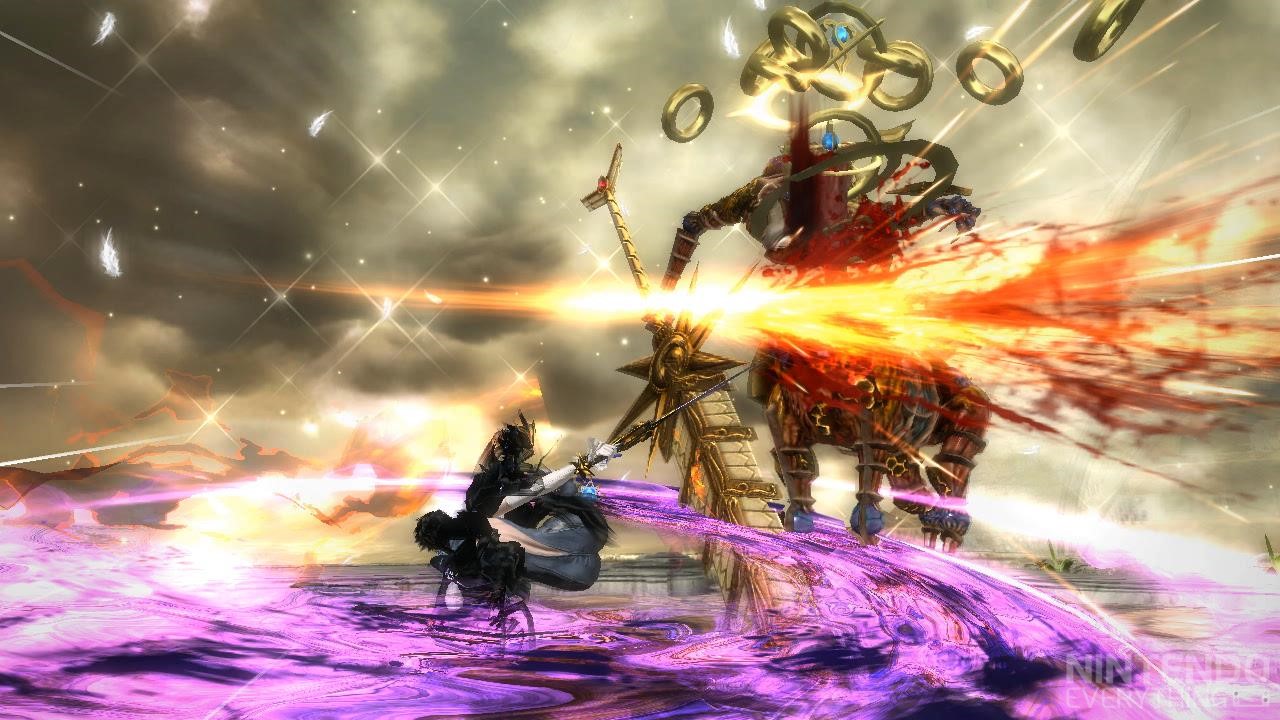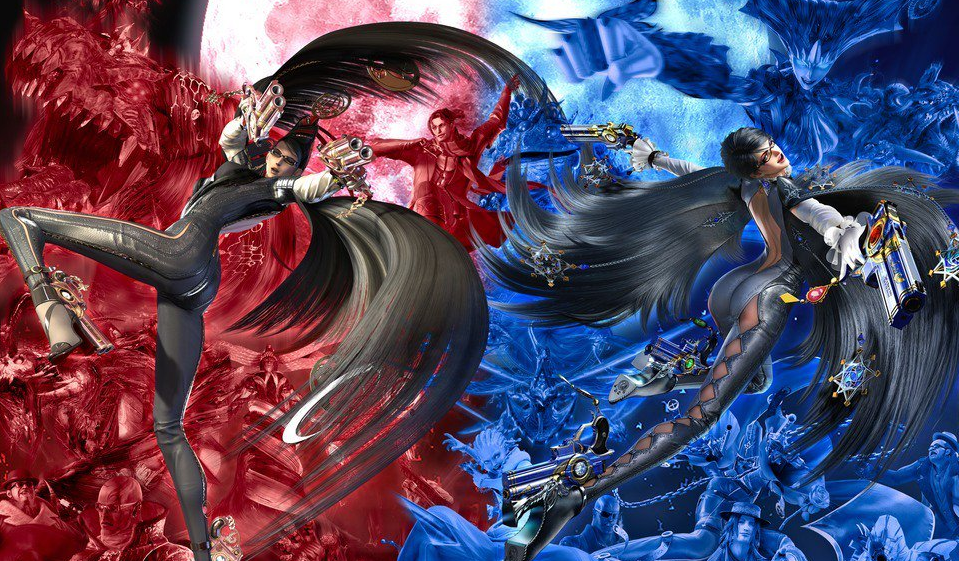

The heart of this is Witch Time a slow-mo, purple tinted mode that activates for a precious few seconds when you successfully dodge an attack at the final possible moment. Keeping combos running can be a real challenge, particularly on harder difficulties, but the power of PlatinumGames’ design is in how it makes you feel powerful and precise, even if you’re semi-aimlessly mashing buttons.

If you enjoyed the combat in last year’s Nier: Automata, for example, you’ll find a lot to love in the balletic swoops and twirls of Bayonetta’s fighting style. The flow of the fighting in Bayonetta is amongst the best you’ll find in a video game, even within PlatinumGames’ own stable of titles.

With a Switch-exclusive Bayonetta 3 on the horizon, there’s no better time to delve back into this madcap series.īoth games are very similar, emphasising stylish, frenetic combat. Bayonetta 2 refines and builds on the first Bayonetta, cutting the original game’s baggier aspects whilst improving the mind-bending visuals and tightening its stellar combat. The relative unpopularity of that ill-fated console, especially compared to the success of the Switch, means this port is likely to be the first time many people will experience the game – and that’s a very good thing. This latter aspect meant family-friendly Nintendo wasn’t the most obvious choice to bring Bayonetta 2 to market, which it did as a Wii U exclusive in 2014. Bayonetta is sexualised, sometimes with the tact of a teenage fantasy, but often with humour and a seam of irreverence that runs throughout the two games. It’s an exuberantly camp adventure, often incomprehensible, but full of tongue-in-cheek humour and a compelling main character. If you’re unfamiliar with the world of Bayonetta, it centres on the titular witch as she romps around a Dantesque land where the forces of Paradiso and Inferno have fallen out of whack. Super Mario Odyssey review: Mario’s globetrotting adventure shows Nintendo hasn’t lost its magic


 0 kommentar(er)
0 kommentar(er)
